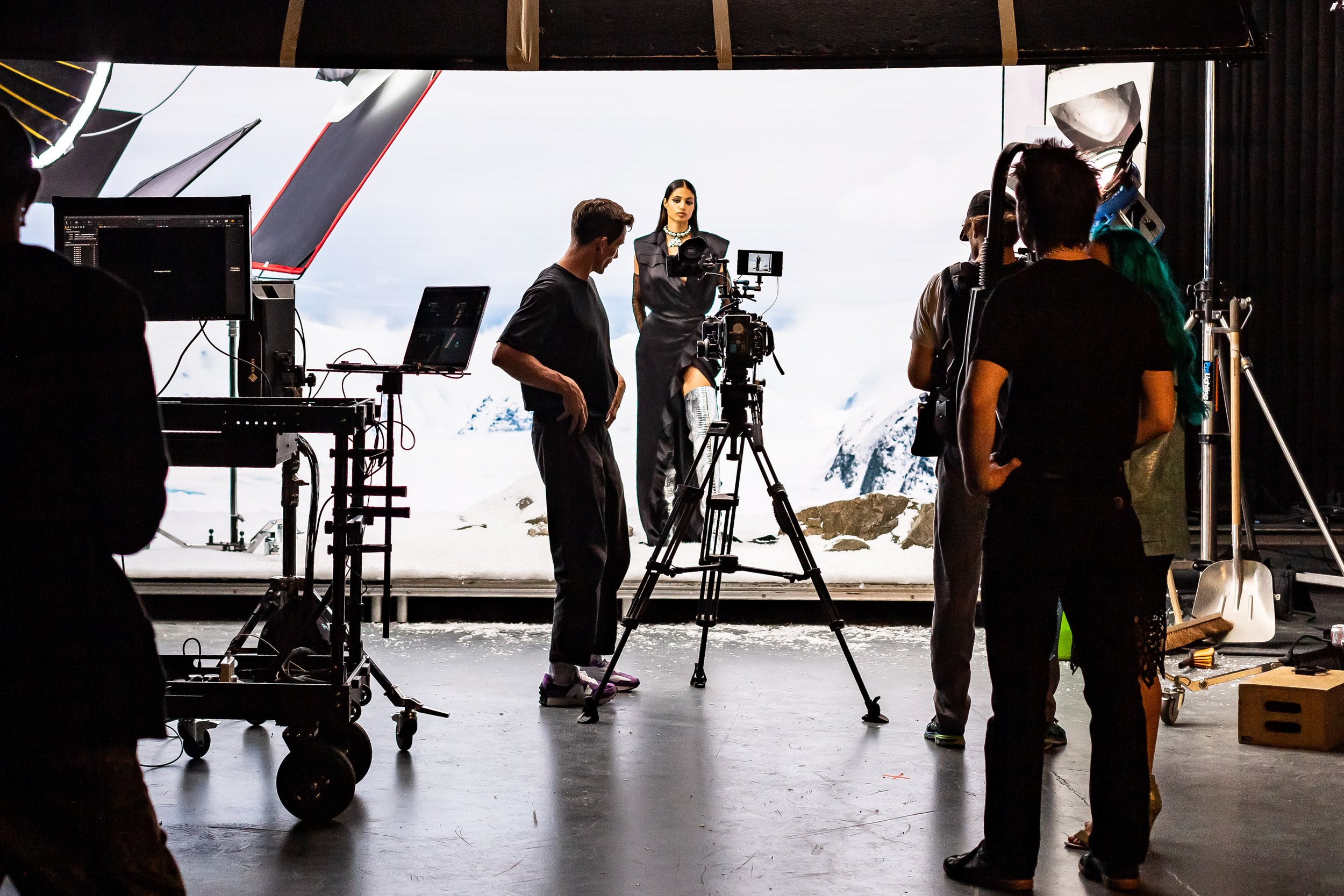Future of Virtual Production
Virtual production is the use of real-time computer graphics and visualization technology to create digital environments and objects that can be used in film, television, and other visual media. It allows filmmakers to create complex scenes, special effects, and sets, without the need for physical sets, props, and actors.
The future of virtual production looks very promising, as the technology continues to evolve and improve. Here are some of the key trends that are likely to shape the future of virtual production:
Increased use of real-time rendering: Real-time rendering allows filmmakers to see the final product in real-time, which can help to speed up the production process and reduce costs. As the technology continues to improve, we can expect to see more filmmakers using real-time rendering to create their films.
More immersive experiences: Virtual production allows filmmakers to create immersive experiences that are not possible with traditional filmmaking techniques. This can include virtual reality and augmented reality experiences that allow viewers to interact with the environment in new and exciting ways.
More collaboration: Virtual production also enables filmmakers to collaborate more easily, as they can work together in real-time, even if they are in different locations. This can help to streamline the production process and make it more efficient.
Improved accessibility: As the technology continues to improve, we can expect to see virtual production becoming more accessible to a wider range of filmmakers, including independent filmmakers and smaller studios.
Increased use of AI and machine learning: AI and machine learning are already being used in virtual production to automate certain tasks and make the production process more efficient. As these technologies continue to develop, we can expect to see them being used more extensively in virtual production.
Overall, the future of virtual production looks very bright, with the potential to transform the way that films and other visual media are created.


